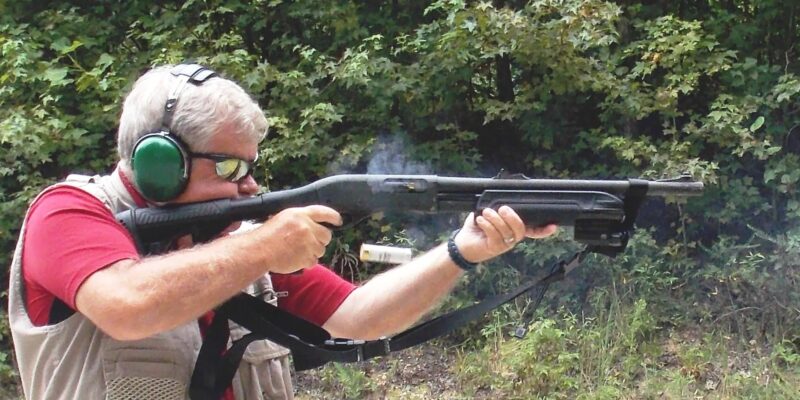Mastering the art of handling a shotgun for home defense requires more than just theoretical knowledge; it necessitates practical, hands-on experience through dedicated drills. These drills are designed to enhance your proficiency, ensuring you can operate your firearm under stress, maintain situational awareness, and accurately engage threats. Below are five tactical shotgun drills that are essential for anyone serious about using a shotgun for home defense.
-
The Basics: Loading and Unloading Drill
Before diving into complex scenarios, mastering the basics of safely loading and unloading your shotgun is paramount. This drill is simple yet crucial, as it lays the foundation for safe firearm handling.
- Objective: To become proficient in loading and unloading the shotgun safely and efficiently.
- Procedure: Start with an unloaded shotgun, practicing the insertion of shells into the magazine tube until full. Then, practice chambering a round. Follow up by safely ejecting the chambered round and subsequently unloading the magazine. Repeat this process until the movements become second nature.
- Variations: Introduce snap caps (dummy rounds) to simulate live ammunition for a more realistic experience.
-
The Point Shooting Drill
Point shooting, or instinctive shooting, is vital for close-quarters defense where aiming down sights might not be feasible.
- Objective: To develop the ability to accurately shoot at close-range targets without relying on sights.
- Procedure: Set up a target at a close range (within 7 yards). Start with the shotgun at a low ready position. On command, raise the shotgun and fire at the center mass of the target without deliberately aiming down the sights. The focus is on quick, instinctive alignment of the shotgun with the target.
- Variations: Increase the difficulty by moving to different positions or using various target sizes to simulate more realistic scenarios.
-
The Transition Drill: Shotgun to Sidearm
In a home defense scenario, your shotgun may run dry, or you may encounter a malfunction that requires you to switch to a secondary weapon.
- Objective: To practice transitioning from your shotgun to a sidearm efficiently.
- Procedure: Start with the shotgun shouldered and a sidearm holstered. Engage a target with the shotgun, and upon a simulated empty magazine or malfunction, safely place the shotgun in a sling or lower it while drawing your sidearm to continue engaging the target.
- Variations: Implement a timer to improve speed and add stress. You can also practice clearing shotgun malfunctions before transitioning to the sidearm.
-
The Stress Fire Drill
Real-life defensive situations are high-stress, and this drill aims to simulate that stress to improve your reaction time and shooting accuracy under pressure.
- Objective: To enhance the shooter’s ability to operate the shotgun effectively under simulated stress.
- Procedure: Set up multiple targets at varying distances. The drill begins with the shooter performing a physical activity (e.g., sprinting a short distance, doing push-ups) to elevate the heart rate. On command, the shooter engages the targets in a specific order, reloading as necessary.
- Variations: Use a shot timer to add time pressure, or introduce commands to shoot specific targets to simulate decision-making under stress.
-
The Move and Shoot Drill
Mobility can be a significant advantage in a defensive situation, making it essential to practice shooting while on the move.
- Objective: To cultivate the ability to accurately fire while moving to or from cover.
- Procedure: Set up a course that requires movement between at least two points of cover. From the start point, engage a target, then move to the next cover point, engaging another target midway. Upon reaching the new cover, engage additional targets as designated.
- Variations: Incorporate different types of movement, such as lateral, forward, or backward, and vary the distances between cover points to enhance realism.
Implementing These Drills
For each of these drills, safety is the paramount concern. Always follow the four fundamental rules of firearm safety:
- Treat all guns as if they are always loaded.
- Never point the gun at anything you are not willing to destroy.
- Keep your finger off the trigger until your sights are on the target and you have made the decision to shoot.
- Be sure of your target and what is beyond it.
When practicing, it’s beneficial to start slow to focus on form and technique, gradually increasing speed as proficiency improves. It’s also highly recommended to seek professional training to ensure proper technique and safety. Mastery of these drills can significantly enhance your confidence and effectiveness in using a best home defense shotgun, ensuring you’re prepared to protect your home and loved ones if the need ever arises.








Comments